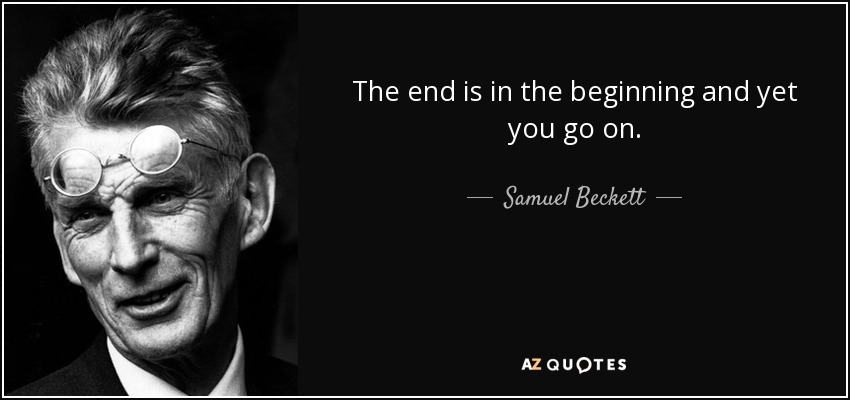ABSENCE / PRESENCE
AND THE MAKING OF “HAMNET”
The novel opens up with a dirge, Ophelia’s mourning words to the loss of a loved one.
He is dead and gone, lady,
He is dead and gone,
At his head a green-grass tuft;
At his heels a stone.
Hamlet Act IV, scene 5
By using Ophelia’s voice, Maggie O’Farrell introduces us into the novel through a woman's voice as well as the theme of absence. Counteracting historical absence through fictional presence will be the forceful centripetal vortex of the novel. This is a narrative of an extremely sensorial and pictorial quality which transports us, undoubtedly, to a careful portrait of countrylife in Elizabethan times and reclaims the lost voices of literary and historical chronicles.
Absence and presence will indeed be the axes around which the novel revolves: the blatantly articulated absence of the bard, and the necessity to claim the presence of the forgotten “Hamnet,” Shakespeare’s son. The novel opens up in an empty house, and a frantic desperate search on behalf of Hamnet to find his mother so she can aid ailing Judith, Hamnet’s twin sister. The narrative voice claims Hamnet’s position center stage. We will use the podcast below as a point of departure to understand the brewing process of the novel in which Maggie herself explains how the novel attends to both, thorough research of country life in Elizabethan times as well as her enthralling creativity.
In this podcast (click here to access podcast or see at the end of the entry), Maggie O’Farrell explains how “struck she was about how insignificant, Hamnet appeared to be to scholars.” Shakespeare used his son’s name for a play, a ghost, a hero,” and he would have suppposedly listened to the name, “Hamnet” /”Hamlet” (both the same in Elizabethan times), a myriad times. She also adduces that “Hamnet has been ... downplayed by history. He has been consigned to the margins, to the literary footnote, to the bottom of the page,” and (she wanted to ) “put him center stage, give him a presence, a voice and say this child was important, he was grieved, and without him we wouldn’t have had Hamlet.”
The novel depicts “ a multi-generational living” with careful brushstrokes that attend to the minutiae of detail in creating the setting. Maggie comments that there are hardly any documents that may inform about the life of children and women of the Shakespeare’s household. Skin-deep into this world, Maggie says that she learned how to cook Tudor bread herself, learnt falconry, planted a garden of medicinal plants, went into Stratford asking hundreds of questions to everyone and went into archeological digs. These and other details about her making of the novel you can learn about in this podcast.
Where lack of documentation ensued, Maggie comments that characterization was fuelled by her imaginative powers and her knowledge of Shakespeare and his plays from early stages of her life. We had the feeling that the tutor’s perception of Agnes, for example, in her jerkin and unidentified gender could be part of that historical background in which female roles were played by men in Shakespeare’s times. John, Hamnet’s grandfather is depicted as an aggressive man, and of this, she has no documented knowledge, she argues. Contrariwise, there are documented sources about John’s background: he was an alderman, a glove-maker who ran into debt and moved onto wool-business. Let us think of the novel as yarns of wool, bales of wool that are used to knit and entangle the nets on which characters will be inexorably trapped into unchangeable destiny. Agnes thinks:
Later, and for the rest of her life, she will think that if she had left there
and then, if she had gathered her bags, her plants, her honey, and taken the
path home, if she had heeded her abrupt, nameless unease, she might have
changed what happened next.
Wrapping fabric will trigger tragedy...
More entries on the analysis of this enthralling and captivating work to come by members of our reading club . Do not miss them. Different perspectives, moments and themes of the novel will be analysed.




❤️❤️❤️
ReplyDelete